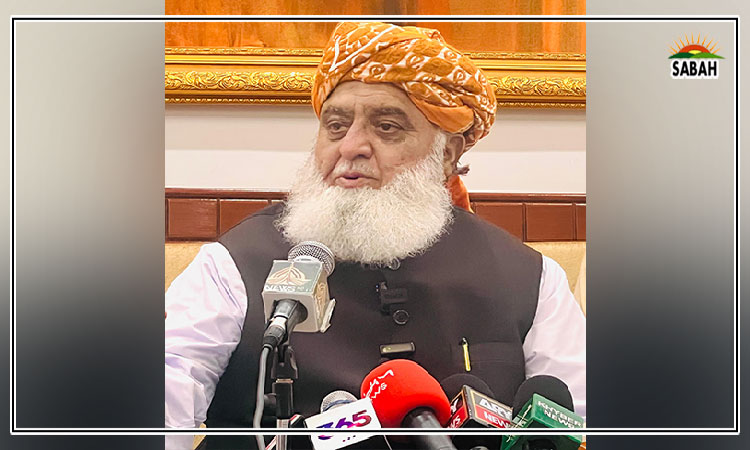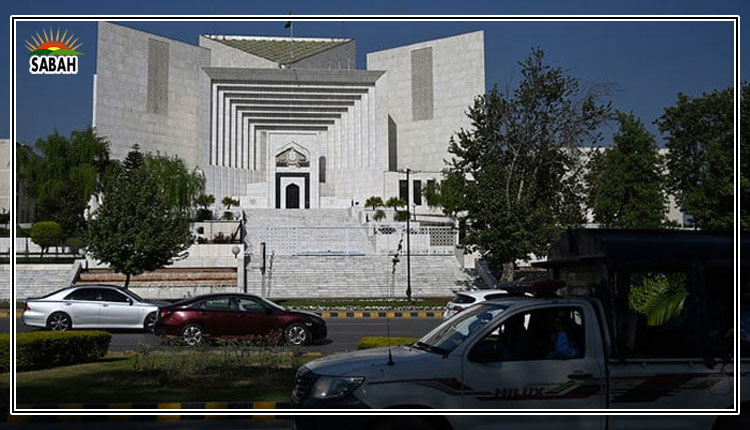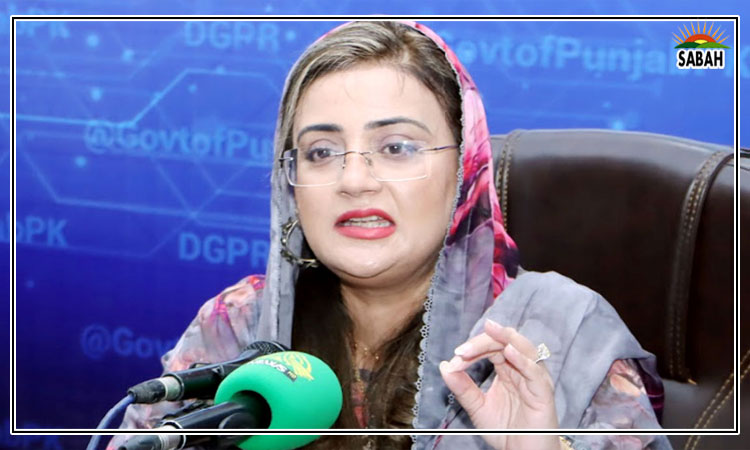Trade and climate adaptation…Ali Tauqeer Sheikh
ADAPTATION to climate change is the defining element for the subsistence of Pakistans growing population. While Pakistan is repeatedly hit by climate disasters, it still has to develop its adaptation plans and policies in sectoral policies at the national and provincial levels. Small wonder that the cost of climate change is constantly increasing and the country has not as yet demonstrated any convincing capacity to adapt to climate change while increasing adaptation and reducing emissions without compromising the twin objectives of ensuring economic growth and poverty reduction. Pakistan needs to weave commerce and trade into its adaptation strategies and mechanisms to benefit from the nexus that exists between trade and climate adaptation and mitigation.
Trade and climate change interact in several complex ways. Agriculture typifies the challenge. It makes food security even more of a challenge than it already is. As the recent floods in 2022 have shown, rising temperatures and frequent disasters threaten food security and affect cropping patterns and trade. Damage to standing crops in many areas adversely affected not only our foreign exchange earnings, but also increased pressure to import commodities to meet immediate consumer demands, placing further pressure on our foreign reserves. Such occurrences add to the price hikes and inflation. They add to political instability. Lets see if long-term and consistent responses can be considered.
Trade adds to climate emissions, but can also contribute to climate adaptation and mitigation. International trade plays an even larger role in addressing food security in the changing climate: farmers require better access to new and better markets, technologies, machineries, and seeds all this while meeting both adaptation and mitigation objectives. Changing land use and deforestation for urban settlements and agriculture have a direct bearing on Pakistans domestic commerce and international trade. With negligible reserve and storage capacities, trade offers an important, perhaps critical, buffer to manage supply and demand to avoid societal disruptions.
Strengthening environmental goods and services to enhance adaptive capacities can help reduce the cost of production as well as the cost of doing business. Instead, there are still several barriers in the country. Tariff and non-tariff barriers are typically high. They are a victim of random and contradictory policy instruments. The tariffs on renewable energy for example, solar panels, wind turbines, EVs have frequently and abruptly changed several times in recent years. In most instances, standards and certifications are restrictive and the tariffs high on environmentally preferable products. If green technologies are the hardware, the technical capacity for environmental standards in the concerned ministries and departments is the software. Since Pakistans share of regional and international trade has been declining, the challenges ahead for these departments are even more serious. The global move towards net-zero emissions will not wait for them to prepare themselves to meet these challenges.
New carbon border adjustment mechanisms, led mostly by the EU but keenly followed by others, are on the horizon. They envision taxes on carbon. There is a steady effort to introduce CBAMS, to augment the growing carbon trading in voluntary and regulated markets. Many countries continue to view CBAMs as an exercise in protectionism. Still, they are expected to shift demand towards less carbon-intensive products. In the meanwhile, the private sectors business carbon-management schemes and carbon-labelling initiatives are becoming more widespread.
Studies have shown that this will result in diversification of trading partners. For example, the recent introduction of green technology in textiles in Bangladesh would give the latter an edge and stable access to the international market compared to countries that have not transitioned towards green technologies and fuels. For many developing countries like Pakistan, it becomes imperative to not only reduce carbon emissions in its production line, transportation and packaging, but also introduce carbon labelling. Most importantly, we have to keep an eye on emerging trends set by trading partners and competitors who are exporting similar products to similar markets.
According to the Nationally Determined Contributions in 2021, Pakistan releases more emissions from agriculture and forestry than from energy and industrial processes. In this context, energy and manufacturing industries, together with transport, have a direct bearing on the carbon intensity of products, as do livestock, agriculture and land use for agricultural products. Some corrective measures in Pakistans projected emissions will be in order to protect its long-term trade interests. Assuming a fantastic nine per cent economic growth rate, Pakistans NDC has projected 280pc growth in carbon emissions between 2018 and 2030. The World Bank has recently estimated 7pc to 9pc GDP loss on account of climate-induced disasters or up to 20pc GDP loss by 2050. This revisiting of the carbon value can give us carbon competitiveness and an edge in access to such markets.
Specific measures to reduce emissions, as well as the suppressed rate of economic growth over the last several years, will probably cut the exact emissions growth rate to less than half the projected figures. But more importantly, Pakistan needs to aim at co-benefits of adaptation and mitigation for its trade and commerce, particularly since its agriculture is part of its mitigation story. Almost half of Pakistans total emissions come from agriculture and their growth rate is higher in comparison to several comparable economies.
Ironically, the countrys adaptation policies are driven by three genetic fallacies. First, Pakistan, as a developing country, needs to prioritise adaptation and leave mitigation for the developed countries to worry about. Second, Pakistan can achieve adaptation without undertaking mitigation measures. Third, adaptation can happen on its own, without mainstreaming in policy planning, resource allocations and establishing local governments.
The co-benefits that adaptation and mitigation ensure for each other, and for economic and social development, can make way for much-needed structural reforms to reduce loss, damage, waste and system inequities and inefficiencies. Climate science, politics and technology have progressed sufficiently in the last three decades to reveal the linkages between climate adaptation and trade. It is time for Pakistan to build an institutional ecosystem to take advantage of the co-benefits.
Courtesy Dawn












